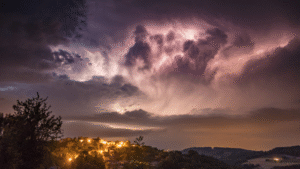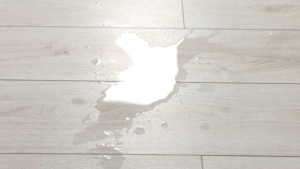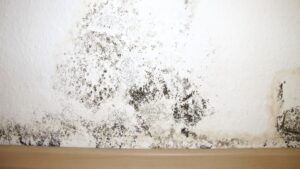A study estimates that fires resulted in around $26 billion in property loss last year. From unattended electrical devices to malfunctioning cooking equipment, there are several fire hazards in a typical U.S. home. Additionally, California homes are at a high risk of wildfire damage. As a matter of fact, California has the highest number of homes at wildfire risk. In 2018, the state witnessed the deadliest, most destructive wildfire in its history – the Camp Fire, which killed 85 residents and destroyed around 14,000 homes. As summer knocks at our doors, wildfire risks are at an all-time high. As a responsible homeowner, you must hope for the best but prepare for the worst. Follow these tips to prepare your home to survive the unthinkable.
Carefully Examine Your Home’s Perimeter and Surrounding Area
Create a 100-feet gap between your house and the wildlands. Remove flammable things such as leaves, pine needles, grass, and weeds. If this is not possible, at least wet them down. Avoid planting conifers near your home as they contain an extremely flammable sap. If you have already planted a conifer near your home, keep the branches trimmed at least six feet above the ground.
Plant naturally fire-retardant plants such as ice plant, lavender, yucca, agave, and lilac near your home. Regularly water your lawn and remove dry leaves before the fire season. The height of plants and grass in your lawn should not exceed four inches.
Wind-blown embers are the single biggest hazard to homes during a wildfire. These embers can ignite combustible trash such as newspapers and cereal boxes. During an ember attack, things can go from bad to worse in no time. To steer clear of the risk, regularly remove combustible trash and litter from your yard.
Make sure your driveway is durable enough to support a fire truck. The driveway should have enough space to allow the truck to easily enter and exit your property and turn around, just in case.
Get Your Home Ready
Hot embers from wildfires can travel a mile or more. Remove flammable debris including dead leaves and pine needles from your roof. This will prevent a fire from spreading in case of embers land on your roof. Declutter your home. Get rid of items that you do not need.
Install smoke detectors in every room. Because smoke rises, place detectors on the ceilings. There should be at least one fire extinguisher on every floor. Make sure all your family members know how to use a fire extinguisher. Store a fire ladder in every adult’s room. Have an emergency exit plan ready.
One of the most common questions that linger in the minds of homeowners after a fire is what to do next? After a house fire, do not enter your home. A fire can leave behind hazardous debris. Additionally, exposure to gases and chemicals from smoke, soot, and other corrosive products can cause serious health issues. At West Coast Fire & Water, we are committed to making homes damaged by fire habitable again. We are one of the most trusted fire restoration companies in Santa Rosa.

Marketing Director, West Coast Fire & Water
Christian Ahlmann is the Marketing Director at West Coast Fire & Water, a California restoration company providing water, fire, mold, biohazard, storm, and reconstruction services across multiple locations. He leads brand, content, and demand programs that support rapid response and customer education. His background blends operational storytelling, community engagement, and crisis communications.



